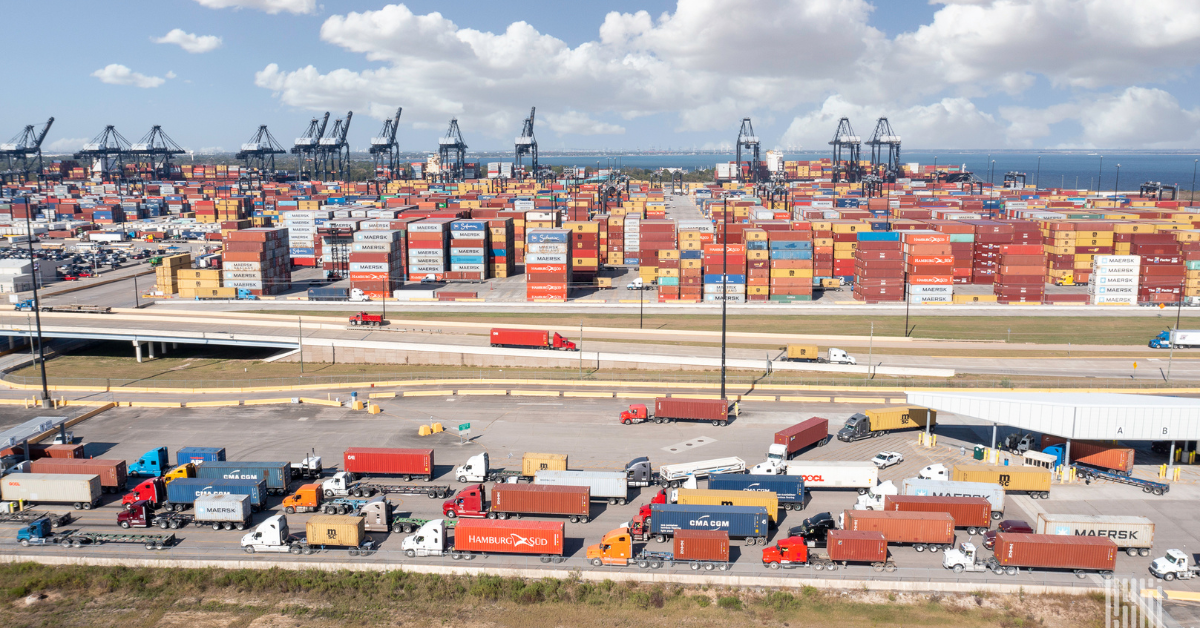How to Make Product Testing in China and Asia: A Comprehensive Guide

When it comes to sourcing products, particularly from China and other Asian countries, product testing is a critical step in ensuring that you receive quality goods that meet your specifications. Whether you are a business owner looking to import products for your company or a consumer interested in buying directly from Asian suppliers, understanding the process of product testing in China and Asia is essential. In this guide, we will walk you through the steps and considerations for conducting product testing in this region.
Why Product Testing is Essential
Product testing is vital for various reasons:
Quality Assurance: Ensures that the products meet the required quality standards and specifications.
Safety: Verifies that the products are safe to use and do not pose health risks.
Regulatory Compliance: Confirms that the products comply with local and international regulations and standards.
Customer Satisfaction: Guarantees that the products meet or exceed customer expectations.
Selecting the Right Testing Partner
Choosing the right testing partner is the first and crucial step in the product testing process. Look for a testing laboratory with the following characteristics:
Accreditation: Ensure the laboratory is accredited by relevant national or international accreditation bodies.
Expertise: The lab should have experience in testing products similar to yours.
Facilities: Check that the lab has the necessary equipment and facilities to conduct the required tests.
Location: Consider the location of the testing facility, as proximity to your manufacturer can be advantageous for logistical reasons.
Types of Product Testing
The specific tests your products need will depend on their type and intended use. Common product tests include:
Quality Testing: This includes tests for dimensional accuracy, material strength, and general product performance.
Safety Testing: Ensures the product does not pose safety hazards. This may involve tests for lead content, flammability, and electrical safety.
Chemical Testing: Checks for harmful chemicals, such as heavy metals, in products like toys or electronics.
Regulatory Compliance Testing: Ensures that the products meet local and international regulatory standards.
Environmental Testing: Assesses the product’s impact on the environment, including recycling and disposal considerations.
The Testing Process
Once you’ve selected a testing partner and identified the necessary tests, follow these steps:
Sample Selection: Choose representative samples from your production batch for testing.
Test Plan: Develop a detailed test plan, specifying the tests, standards, and acceptance criteria.
Shipping Samples: Ship the selected samples to the testing laboratory, ensuring proper packaging and labeling.
Testing: The laboratory will perform the tests as per the test plan.
Reporting: The testing lab will provide you with a comprehensive report, detailing the results and whether the products meet the required standards.
Action Plan: Based on the results, decide whether the products require modifications, retesting, or if they can proceed to the market.
Considerations and Challenges
Language Barrier: Language differences can be a challenge when communicating with testing partners, so having a translator or bilingual intermediary can be helpful.
Cultural Understanding: Understanding the cultural norms and business etiquette of the region is essential when dealing with Asian manufacturers and testing partners.
Logistics: Be prepared for shipping delays and consider factors like customs regulations, taxes, and duties.
Costs: Budget for testing costs, which can vary depending on the complexity and number of tests required.
Lead Times: Plan for additional time in your production schedule to accommodate the testing process.
Conclusion
Product testing is a crucial step in ensuring the quality and safety of products sourced from China and Asia. Choosing the right testing partner, understanding the necessary tests, and navigating logistical and cultural challenges are key to successful product testing. By following the steps outlined in this guide, you can confidently navigate the product testing process in China and Asia, guaranteeing the delivery of quality products to your customers or business.
Remember that working with experienced professionals and staying informed about the latest regulatory changes and standards can make the process of product testing in China and Asia more efficient and successful.



